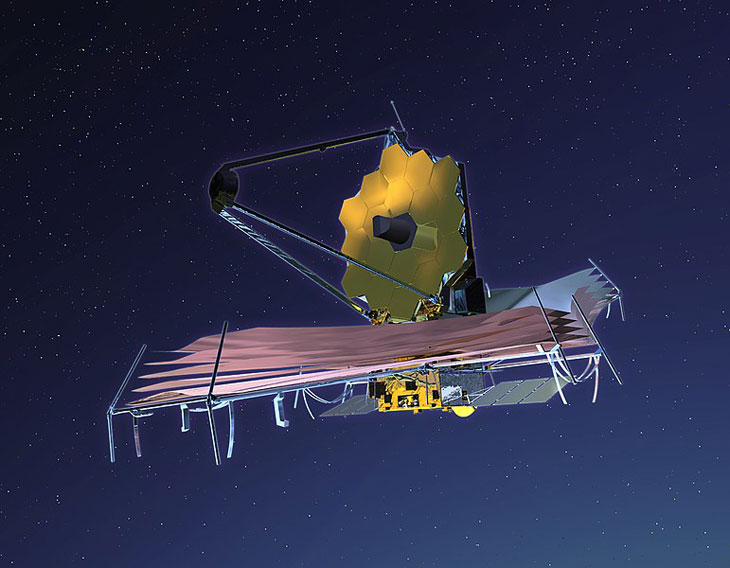Just weeks after the official start of its mission, the James-Webb Space Telescope broke the record for the oldest galaxy ever observed by nearly 100 million years.
The GLASS-z13 and GN-z11 galaxies
Observing some of the first galaxies formed just after the big Bang13.8 billion years ago, is one of the main objectives of the James Webb Space Telescope (JWST), which recently gave us unprecedented insight into different regions of the cosmos. So far, the oldest known, called GN-z11 and detected by its predecessor Hubble, appeared about 400 million years after the birth of the Universe.
This record has probably just been shattered. As part of pre-published works on the server arXivRohan Naidu of the Harvard Center for Astrophysics detected an even older galaxy by peeling the data from the GLASS catalog of the JWST. Named GLASS-z13, this galaxy was formed just 300 million years after the Big Bang. A second, baptized GLASS-z11 and of an age close to that of GN-z11, has also been identified.
These two galaxies already possessed at that time masses equivalent to that of a billion suns, indicating a faster-than-expected star formation process at the dawn of the Universe. The nearest galaxy, GLASS-z11, also appeared to have begun to form a disk-like structure, related to its rotation. While the Milky Way spans about 100,000 light-years, the diameters of GLASS-z13 and GLASS-z11 are found to be 1,600 light-years and 2,300 light-years, respectively.

At the dawn of the Universe
GLASS team member Gabriel Brammer believes that further analysis will be needed to confirm the distance at which these two galaxies are (or rather were) which only the JWST will be able to achieve. ” They are very credible candidates “, he underlines. ” If we knew the JWST would be able to observe distant galaxies, the ease with which it detects them is quite surprising.. »
The immense power of the space telescope should significantly increase the frequency of such discoveries. According to the study’s authors, examining its data could potentially lead back to less than 200 million years after the Big Bang, when some of the first galaxies and stars in the Universe would have formed.
“ When exactly does star formation begin in the Universe? asks Naidu. ” It’s one of the last great unknowns in our timeline of the cosmos.. »
[related_posts_by_tax taxonomies=”post_tag”]
The post The James-Webb Space Telescope discovers the oldest galaxy ever observed appeared first on Gamingsym.

